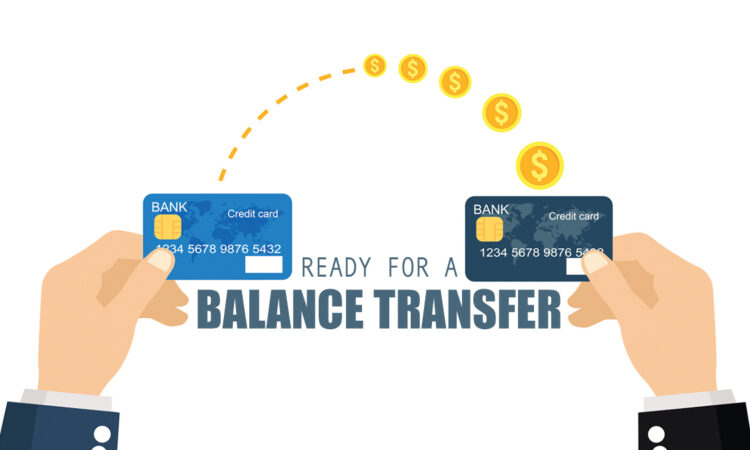
Balance transfer rewards credit cards offer a tempting opportunity to save money on existing debt. These cards allow you to transfer high-interest balances from other credit cards to a new card with a lower interest rate, often accompanied by bonus rewards for the transferred amount. While this sounds like a dream come true for those struggling with debt, it’s crucial to understand the intricacies of these cards before diving in.

This comprehensive guide delves into the world of balance transfer rewards credit cards, exploring their benefits and drawbacks, key features to consider, and strategies for maximizing rewards. We’ll also discuss the potential pitfalls and common mistakes to avoid, ensuring you make informed decisions when using these cards to manage your debt.
Understanding Balance Transfer Rewards Credit Cards

Balance transfer rewards credit cards offer a unique opportunity to save money on existing credit card debt while potentially earning rewards. These cards allow you to transfer balances from other credit cards to the new card, often with a 0% introductory APR for a set period. This means you can avoid paying interest on your transferred balance during the promotional period, allowing you to pay down your debt faster and potentially earn rewards for doing so.
Benefits of Balance Transfer Rewards Credit Cards
Balance transfer rewards credit cards offer several advantages, including:
- Lower Interest Rates: The 0% introductory APR can significantly reduce the amount of interest you pay on your debt. This allows you to allocate more of your payments towards principal, helping you pay off your debt faster.
- Rewards Earning: Some balance transfer cards offer rewards programs, allowing you to earn points, miles, or cash back for your purchases. This can help offset the cost of transferring your balance and potentially provide additional value.
- Debt Consolidation: These cards can help you simplify your finances by consolidating multiple credit card balances into a single account. This can make it easier to track your debt and payments.
Drawbacks of Balance Transfer Rewards Credit Cards
While balance transfer rewards cards offer potential benefits, it’s essential to be aware of the potential drawbacks:
- Balance Transfer Fees: Most balance transfer cards charge a fee, typically a percentage of the transferred balance. This fee can add to the overall cost of using the card.
- Introductory APR Period: The 0% introductory APR period is typically limited, after which a standard APR will apply. If you don’t pay off your balance before the promotional period ends, you’ll start accruing interest at the higher rate.
- Impact on Credit Score: Applying for a new credit card can temporarily lower your credit score, especially if you have multiple recent inquiries. However, if you manage the card responsibly and pay your balance on time, it can positively impact your credit score in the long run.
Key Features to Consider When Choosing a Balance Transfer Rewards Credit Card
When selecting a balance transfer rewards credit card, consider the following key features:
- Introductory APR and Period: Look for a card with a long introductory 0% APR period to give you ample time to pay down your debt.
- Balance Transfer Fee: Compare transfer fees across different cards and choose one with a low or no fee.
- Rewards Program: If you’re interested in earning rewards, consider the type of rewards offered and the earning potential.
- Credit Limit: Ensure the credit limit is sufficient to cover your transferred balance.
- APR After Promotional Period: Be aware of the APR that will apply after the introductory period ends, as this will determine your interest charges.
Final Wrap-Up

By carefully evaluating your options, understanding the terms and conditions, and managing your debt responsibly, you can leverage the power of balance transfer rewards credit cards to save money and potentially even earn valuable rewards. Remember, these cards are a tool to help you achieve your financial goals, not a quick fix for overwhelming debt.
Questions Often Asked: Balance Transfer Rewards Credit Card
How long does it take for a balance transfer to be processed?
The processing time for a balance transfer can vary depending on the issuer, but it typically takes a few business days. You should receive confirmation once the transfer is complete.
Are there any restrictions on what types of balances can be transferred?
Most balance transfer credit cards allow you to transfer balances from other credit cards, but some may have restrictions on transferring balances from other types of accounts, such as personal loans.
Can I transfer my entire balance to a balance transfer credit card?
The amount you can transfer will depend on the card’s credit limit and the issuer’s policies. It’s important to check the terms and conditions to see if there are any limitations.
What happens if I don’t pay off the transferred balance within the introductory period?
Once the introductory period ends, the standard interest rate on the balance transfer card will apply, which can be significantly higher than the introductory rate. It’s crucial to create a plan to pay off the balance before the introductory period expires.





